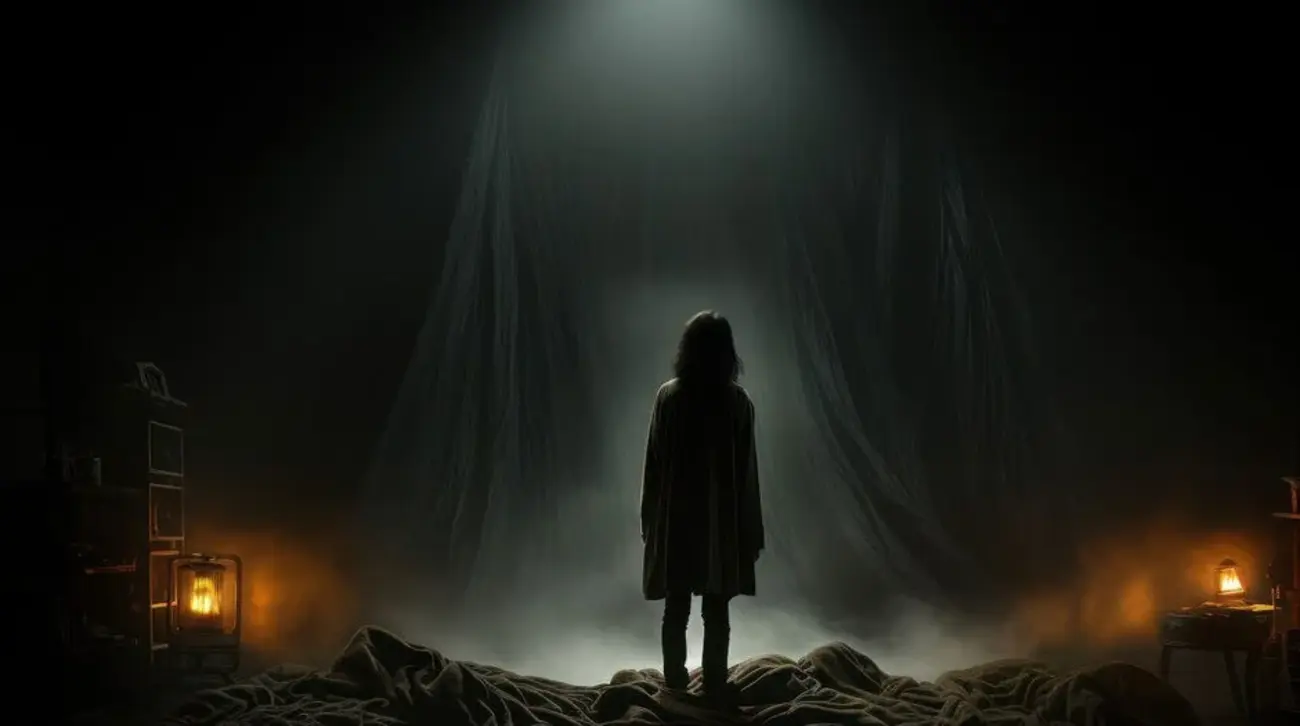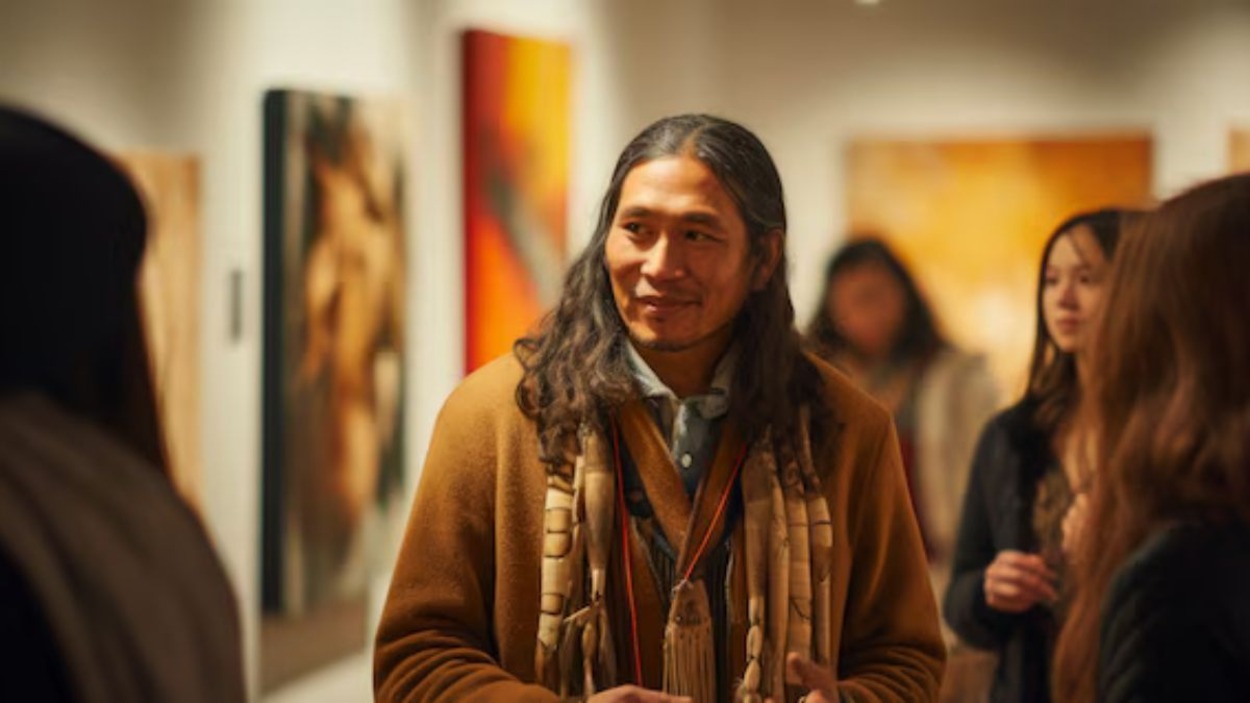Jank Botejo is more than just a musical tradition. It is a vibrant tapestry woven from the threads of culture, history, and community. This unique art form invites us to delve into its rich roots and discover stories that resonate across generations. Whether you’re hearing it for the first time or are familiar with its immersive grooves, there’s an undeniable charm to the Jank Botejo unplugged experience. Join us as we explore this captivating practice, discovering its origins, meaning, and how it continues to evolve in today’s world. Get ready to embark on a journey where music meets meaning!
The Origins and History of Jank Botejo
Jank Botejo is deeply rooted in the cultural fabric of its community. Its origins date back to ancient rituals, where it served as a means of storytelling through music and dance.
Historically, Jank Botejo was performed during harvest festivals, celebrating the blessings of nature and honoring ancestors. This connection to agriculture has strengthened the connection between people and their land.
Over time, different regional influences have shaped its evolution. Vibrant rhythms emerged with distinctive melodies that reflected local traditions and stories. The community aspect remained essential. Gatherings often became lively events filled with laughter, joy, and shared experiences.
This art form has transcended generations, intertwining with important life milestones such as weddings or births. Each performance tells a unique story of the performers while preserving centuries-old customs that many cherish.
The Meaning and Significance of Jank Botejo
Jank Botejo is more than just a traditional practice; it embodies the spirit and resilience of communities. Rooted in cultural narratives, it serves as a bridge between generations.
At its core, Jank Botejo represents the harmony between nature and humanity. It highlights the importance of respecting natural cycles and celebrating life’s moments through song and dance.
In many cultures, this event fosters unity among participants. It creates bonds that transcend age or background, allowing everyone to share their stories authentically.
The importance of preserving it also lies in its preservation. By participating in Jank Botejo, people preserve the rich history that has shaped their identity. This act ensures that future generations inherit these traditions intact.
This invites reflection while celebrating community values. Its essence inspires creativity and collaboration within today’s society.
Traditional Practices and Rituals of Jank Botejo
The traditional practices surrounding Jank Botejo are deeply rooted in community and culture. This vibrant celebration often involves bringing families and friends together, creating a warm atmosphere of unity.
The main ritual is the preparation of special foods. Dishes that reflect local ingredients are made with love. These meals are not just sustenance; they symbolize abundance and gratitude.
Music also plays an important role. Traditional instruments resonate in the air as musicians share songs that have been passed down from generation to generation. The melodies capture the spirit of Jank Botejo, evoking feelings of heritage and identity.
The ritual also includes storytelling sessions around campfires, where elders tell stories from the past. These narratives serve to educate younger generations about their roots while strengthening community bonds.
Dance is also a highlight. Participants perform vibrant movements that express joy and connection with their ancestors, celebrating life in all its forms during this precious event.
Modern adaptations by Jank Botejo
Modern adaptations of Botejo reflect a vibrant blend of tradition and contemporary influences. Today’s artists are reimagining this cultural gem, infusing it with diverse musical styles and modern instruments.
Collaborations between traditional folk musicians and urban artists have resulted in exciting new sounds that resonate with younger audiences. These fusions maintain the core essence while embracing innovation.
Social media plays a vital role in promoting Jank Botejo, allowing enthusiasts around the world to share their interpretations. Video platforms showcase performances, making this art form more accessible than ever.
Festivals now include unique versions of this within broader cultural celebrations, further diversifying its audience. Workshops provide opportunities for people of all ages to learn about its history and meaning, while encouraging participation in its evolution.
The ongoing journey of Jank Botejo demonstrates how a culture can adapt without losing its identity. It thrives as a historical artifact and a living expression of the spirit of today’s community.
How Jank Botejo is Celebrated Today
Today, Jank Botejo thrives in vibrant communities, maintaining its cultural essence while embracing modern influences. Celebrations feature lively gatherings where families and friends come together to celebrate.
Music plays a central role during these events. Traditional instruments such as the dholak and the flute resonate in the air, inviting everyone to dance. Each beat carries centuries of history that connects generations.
Food is also of great importance. Special dishes are lovingly prepared and shared among attendees, symbolizing unity and abundance. The smells wafting from the kitchens evoke nostalgia for many participants.
Artisans showcase their crafts at local Jank Botejo fairs. Colorful decorations often adorn homes as people express their creativity in celebration of their heritage.
Social media has become a platform for sharing Botejo experiences, allowing people around the world to join in the festivities even if they cannot be there physically.
Conclusion: Why should we continue to preserve and embrace Jank Botejo?
Preserving and embracing Jank Botejo is essential for several reasons. This unique art form connects us to our cultural roots, allowing future generations to appreciate the rich history behind it. By engaging with Botejo, we not only honor the traditions of our ancestors, but also strengthen community bonds.
With the advent of modern adaptations of his, it can enrich its relevance in today’s society. These innovations appeal to younger audiences while respecting the original essence of this tradition. Encouraging participation through workshops and festivals helps keep the spirit alive.
Furthermore, understanding its meaning fosters respect for cultural diversity. Celebrating Jank Botejo allows us to share stories that reflect human experiences from different backgrounds.
Embracing this vibrant tradition contributes to a more inclusive world where cultural exchanges flourish. The rhythms of Jank invite us all to join in a celebration that transcends time and space, a reminder that heritage matters now more than ever.









